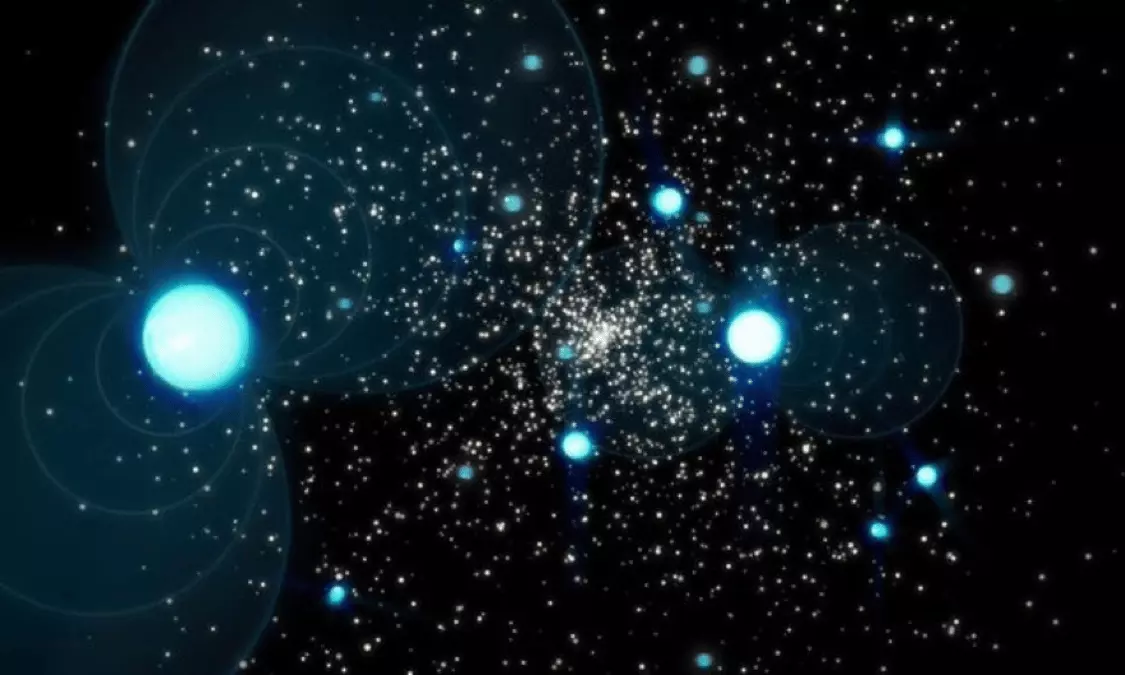Stellar Corpses Uncovered: 21 Neutron Stars Found Orbiting Distant Suns

Astronomers have made a groundbreaking discovery, uncovering 21 neutron stars orbiting sun-like stars in our galaxy. This rare and unexpected finding marks a significant advancement in our understanding of binary star systems and the evolution of neutron stars.
The discovery was made possible by the European Space Agency's Gaia mission, which has been continuously scanning the sky and measuring the subtle wobbles of over a billion stars. As Kareem El-Badry, an assistant professor of astronomy at Caltech and an adjunct scientist at the Max Planck Institute for Astronomy in Germany, who led the research, explained: "Gaia is continuously scanning the sky and measuring the wobbles of more than a billion stars, so the odds are good for finding even very rare objects."
The neutron stars, which are the ultra-dense cores of massive stars that have exploded in supernovas, are typically extremely faint and difficult to detect directly. However, as they orbit their sun-like partners, their gravitational tug causes the stars to shift back and forth in the sky, revealing the presence of the hidden stellar corpses. "These are the first neutron stars discovered purely due to their gravitational effects," El-Badry noted.
The newfound systems have wide orbits, with the neutron stars located about one to three times the distance between Earth and the sun from their companion stars. This wide separation means the neutron stars are not actively accreting material from their partners, making them "quiescent and dark." The discovery of these wide neutron star binaries comes as a surprise, as current models of binary star evolution struggle to explain how such systems could have survived the cataclysmic processes that formed the neutron stars.
"We still do not have a complete model for how these binaries form," El-Badry explained. "In principle, the progenitor to the neutron star should have become huge and interacted with the solar-type star during its late-stage evolution, which should have unbound the binary systems, sending the neutron stars and sun-like stars careening in opposite directions." However, the fact that these systems have been found intact suggests there are gaps in our understanding of binary star evolution. As El-Badry said, "The discovery of these new systems shows that at least some binaries survive these cataclysmic processes even though models cannot yet fully explain how."
The team estimates that about one in a million sun-like stars in the Milky Way are orbited by a neutron star in a wide orbit. While rare, these systems offer a unique window into the evolution of binary stars and the formation of neutron stars. The discovery also has implications for the search for unseen black holes in binary systems, another area of interest for El-Badry. "We don't know for sure how these black hole binaries formed either," he said. "There are gaps in our models for the evolution of binary stars, and studying these systems will help us better understand this process."

